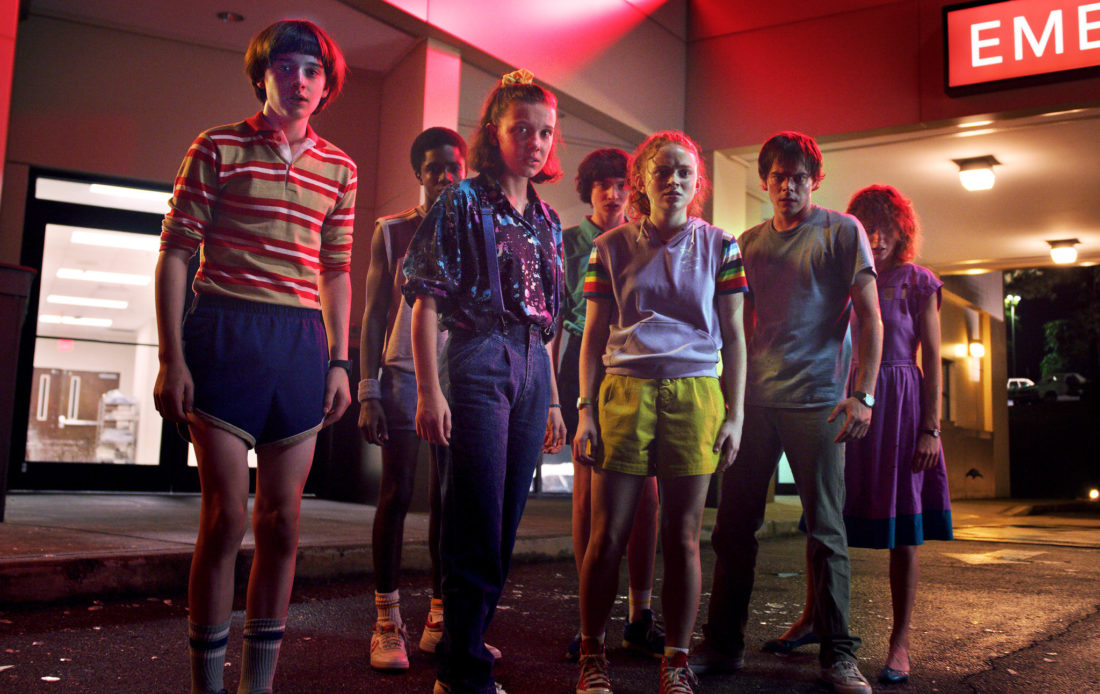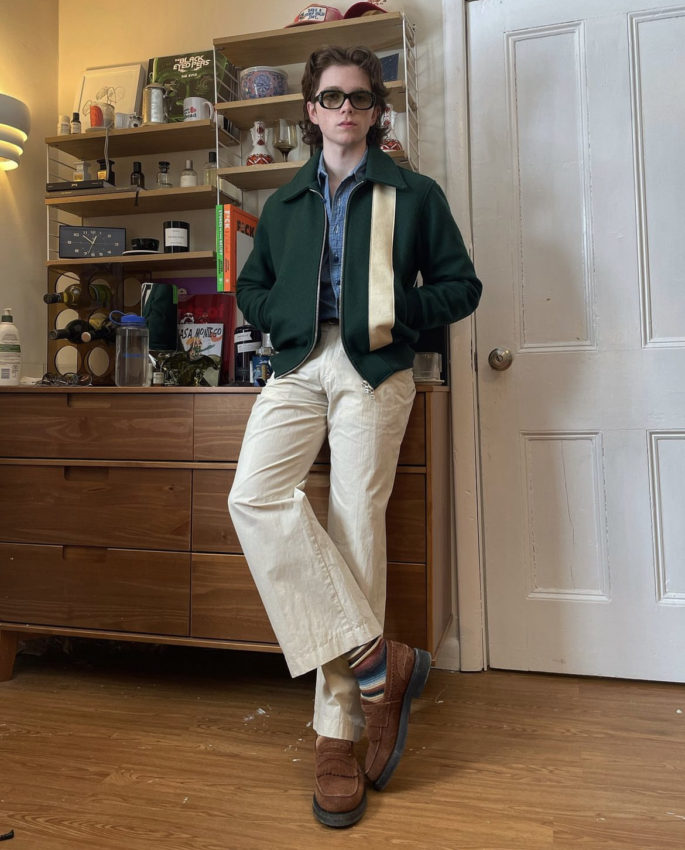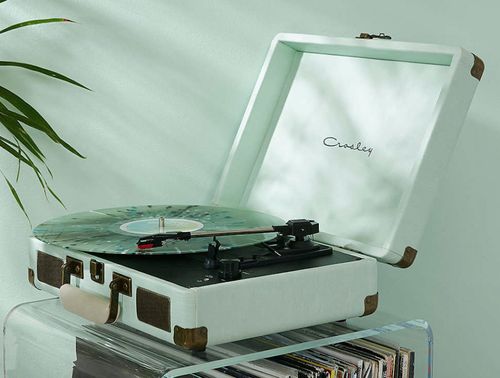Since Netflix’s Stranger Things hit the pop-culture scene like a shot of tequila at the end of wild night, the social culture of the western worlds’ twenty-somethings has been inebriated with the allure of vintage, retro and — for lack of another term — “old” tech, fashion and music.
What do I mean by this? Well, I’ve noticed over the last half-decade or so that young people — specifically those in their late teens and twenties — have increasingly grown attracted to fashion styles, tech and music from the 60s through the 90s. Take for example the re-emergence of 70s bell-bottoms, 80s perms and mullets in fashion, or the use of 90s film cameras and vinyl record players to interact with the arts; there seems to be a great love for these things from bygone times.

I’ve personally witnessed this fascination with all things vintage grow in youth culture through perhaps the least vintage thing on the planet: social media apps like Instagram, Pinterest and TikTok.
On each of these platforms it is easy to find twenty-somethings donning what many would consider vintage clothing and enthusiastically talking about how they found such unique pieces while thrifting. Perhaps Macklemore could be considered a prophet for the modern fashion movement as he declared back in his 2013 hit song Thrift Shop that, “I’ll wear your grandad’s clothes / I look incredible.”
Humour aside, fashion senses have seemingly shifted from the minimalist, simplistic and chic styles of the early 2010s to a range of far more colourful, eye-popping and loud outfits that use palettes and patterns that more closely resemble old bowling alley rugs. Nowadays, 90s windbreakers, 80s sunglasses, 70s leathers and denim, and 60s sharp-collared button downs are all part of the cultural wardrobe.
There also seems to be a rise in people collecting and using tech that would more often than not be deemed “out of date”. Probably about half of my friends own a record player and have a collection of vinyls to go with it. If my social media provides any anecdotal evidence, young people across the country have similarly fallen into fascination with vinyls and record players. Perhaps you own some of these yourself, or — if you’re a true audiophile — gotten yourself a walkman and some cassette tapes.
Part of this vintage tech resurgence involves the increased fascination with film cameras, whether they be video or still-shot. Social media has grown increasingly full of people showing off their grainy, imperfect, point-and-shoot film photos, polaroids and videos made using old Super-8 cameras. If people don’t have access to these old technologies they can simply mimic them using filters or editing techniques. YouTuber and influencer David Dobrik even launched the photo-taking app Dispo in 2021, which mimics the grainy quality of cheap 90s disposable cameras.

Even if you don’t partake in this cultural vintage boom, you’ve likely at least noticed the rise of retro stylings in your favourite films and TV shows. Take for example James Gunn’s 2014 superhero blockbuster Guardians of the Galaxy, which is full of 70s and 80s pop-culture references. Or Jonah Hill’s 2018 dramedy Mid-90s, a film that seeked to capture the essence of being a teenager in that era. There are also a litany of reboots that have graced the silver screen in recent years begging for us to engage with their nostalgia bait.
So, why all this fascination and fervor for bygone times? It would be easy to say that it’s just a fad, a trend or a simple act of expression, but I think there is something more to it. I think it indicates a desire for tangibility, differentiation of lifestyle and vibrance within younger people’s lives.
When you look at the 21st century, everything seems sterile, streamlined and immediately accessible. Our clothes are made to be comfortable, aesthetically clean yet simple, and wearable for nearly every occasion. All the media we interact with can be consumed with a few swipes on our phones. It’s instantaneous gratification.
In comparison, clothes and accessories from the latter half of the twentieth century require interaction and a sort of perfected-practice to combine together and wear. For example, notice the enormous variety of different fashion styles between the 60s and 90s; when outfits from these eras are styled well they give off a less casual, more put-together quality than a lot of modern looks. These outfits do not blur the lines of work, leisure and business casual, keeping each one distinct, so that there is differentiation in lifestyle.
Vintage technology, on the other hand, requires a more ritualistic process to interact with. To listen to a record, you must get up from your seat, sift through your records, pick one, pull it out of its sleeve, place it on the turntable, lower the needle and turn it on; then and only then can you listen to the music. Some may find this inconvenient, but I think these tactile processes are what many enjoy, somewhere in our subconscious. However trivial they may seem, they engage us with the physical world, adding a sense of simple accomplishment to our lives.

Moreover, I feel like both differentiation of lifestyle and ritual processes add vibrance to our lives through their tangibility. When you listen to music on your Apple Music or Spotify, it is clean of all audible blemishes. When you listen to a record or cassette you can hear the crackle of the recording, the drag of the needle or tape, and the dissonance in the speakers. These sounds add a lively, organic feeling to the music, which adds an oddly sublime quality. This quality can’t always be perfectly described, you just have to hear it.
These imperfect, non-streamlined and unsterilized elements of old clothes and technology add a real human quality, a feeling of being lived in and experienced, a quality that I feel has been lost as we’ve focused on efficiency over aesthetics in the 21st century.
I can only hope that as we continue on in our tech-dominated future that we will manage to re-introduce these humanlike qualities to our clothes and tech in the same way these styles, accessories and mindsets have made a comeback among the younger generations.